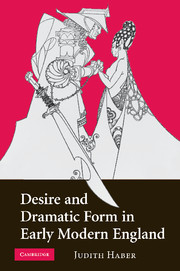Introduction: consummate play
Published online by Cambridge University Press: 02 July 2009
Summary
I began this study with a dual interest in sexuality (and sexual difference) and in the aesthetic, and with a belief that these two were interconnected. My project was sparked by a resistance to claims, seemingly ubiquitous in the heyday of New Historicism, that any foregrounding of aesthetic concerns was necessarily both essentializing in outlook and complicitous with a conservative status quo. While such assertions were clearly responding to the conservative bias evident in much (though not all) earlier formalist analysis (and while the focus in the past two decades on the historical embeddedness of texts has been both salutary and illuminating), they struck me as essentializing in their own right, as inadvertently reproducing and reinforcing patriarchal modes of thought – and, quite simply, as wrong. The counterexample that immediately suggested itself was the case of Christopher Marlowe, whose writings became a touchstone for this work. For Marlowe, undirected aestheticism, insofar as it can be imagined (and his writings repeatedly acknowledge that it can never be fully so), offers a means of thinking outside the constructions of his culture, of questioning their seemingly fixed, immutable truths.
The extreme aesthetic of Marlowe's texts is inseparable from (is, from one perspective, identical to) their unorthodox sexuality. What is subversive about art here is its potential for radical non-instrumentality – for what I will term “pointless play” – a potential that is duplicated in the non-reproductive, unconsummated sexuality towards which these texts repeatedly gesture. Marlowe, as we shall see, makes these connections explicit.
- Type
- Chapter
- Information
- Desire and Dramatic Form in Early Modern England , pp. 1 - 10Publisher: Cambridge University PressPrint publication year: 2009



